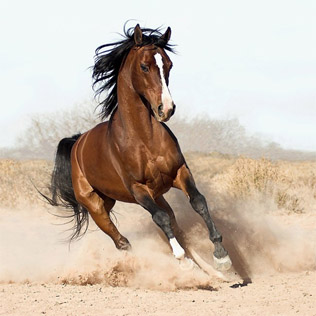I want to map from a small input to a large output with interpolation in the output and I’m going to be able to figure it out but it’s going to feel like doing my taxes the whole time.
@geowurster So I sort of talked myself out of GDAL at the beginning of thinking about this, but maybe it’s been the obvious choice all along.
I’m just trying to reproject PACE OCI L1B data, which does the weather satellite thing of having bands for longitude and latitude values, so it’s essentially one GCP per pixel.
@geowurster I guess this is what geolocation arrays are for, through. Obviously it’s my first time dealing seriously with this style of georeferencing.
@vruba @sgillies This is indeed exactly what geolocation arrays are for, and I have used geolocation arrays larger than that, so I think GDAL can handle this. The highly oblique pixels do matter, but the only way to get a good lat/lon is to intersect with a terrain model, so for orthoing purposes an elevation value is either inherently present, or the lat/lon values are inherently suspect.
@vruba @sgillies Some things to be aware of when using geolocation arrays with Rasterio. I _think_ this comment is still right.
https://github.com/rasterio/rasterio/pull/2884#discussion_r1306104069

@geowurster The thing is that it’s so oblique at the edges that the terrain correction baked into the GCPs (or whatever the better name is) matters quite a bit. So the common sense thing would be to discard most of them, but I’d rather not do that. Therefore it’s order 1e6 GCPs, which feels like a lot to ask even GDAL, but I haven’t tested!